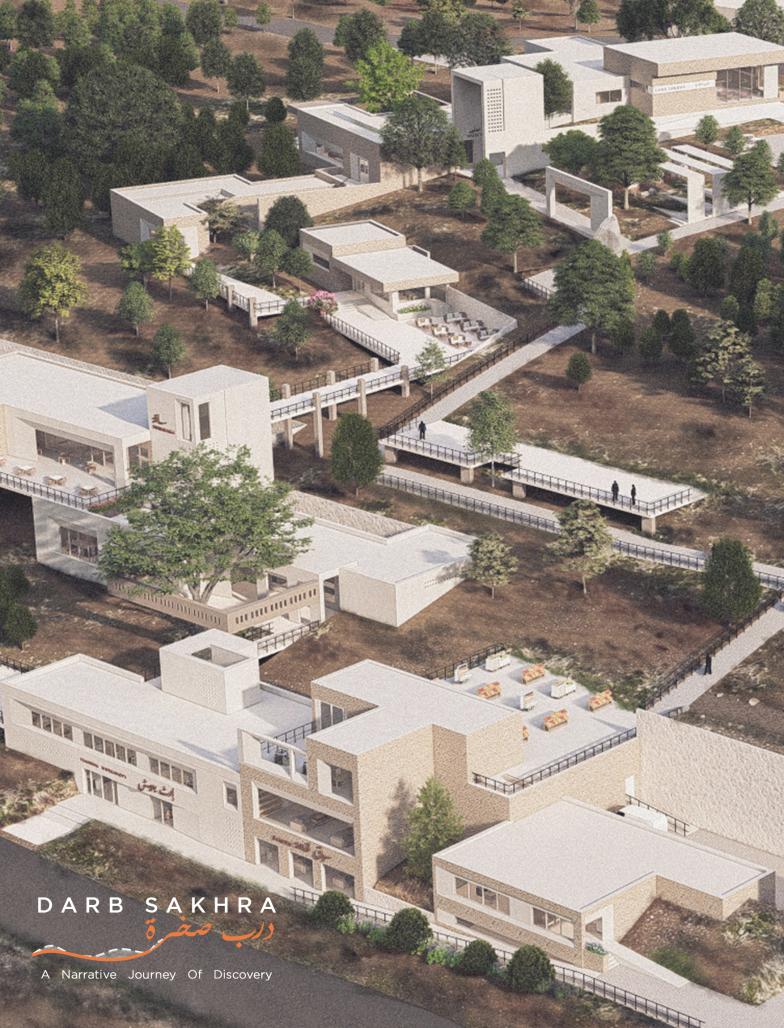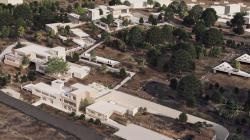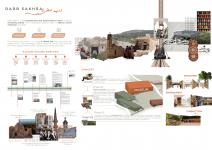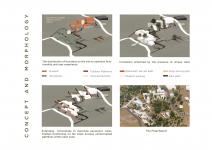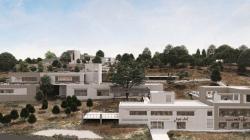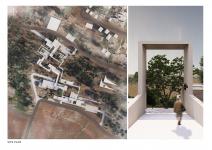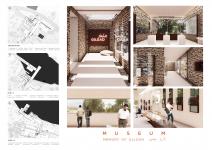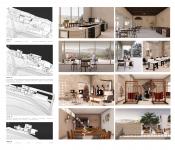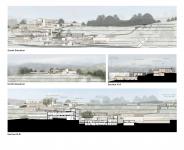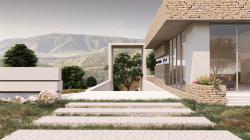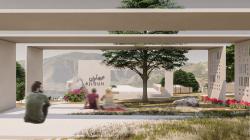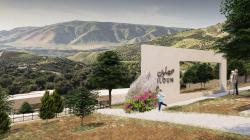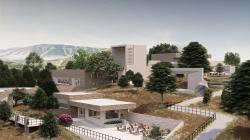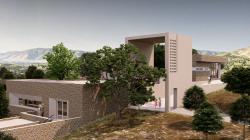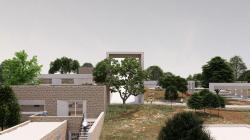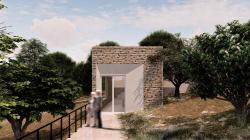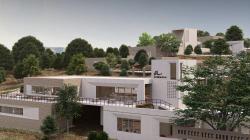"Darb Sakhra” , which translates to Sakhra trail, a project driven by a profound vision to rejuvenate the village, bridge cultural gaps, foster economic growth, and reverse the tide of migration. The project takes a holistic approach, tapping into the resources and potential of both Sakhra and the Training Institute Ajloun. The aim is to offer meaningful job opportunities for the institute's graduates, ensuring that local talents stay rooted within the community and become agents of positive change.
The focal point of this endeavor is the establishment of a museum that transcends mere artifacts. It serves as a conduit for discovery, a haven where Ajloun's memory is not simply captured, but lived. Here, visitors embark on a captivating journey through time, not only unearthing historical narratives but also immersing themselves in the lifestyle, heritage, and culture that shaped the village's essence. Tangible and intangible heritage intertwine seamlessly, revealing music, food, songs, and the intricate weave of agriculture tools, handmade garments, and carpets.
The journey extends beyond indoor confines. The interplay between indoor galleries and outdoor spaces offers visitors a chance to reacquaint themselves with nature before each new chapter unfolds. The intent is clear: celebrate nature, intertwine its beauty with heritage, and kindle a deeper connection between the past and the present.
Architecturally, the project unfolds in a way that conceals its initial presence. The journey commences with an architectural frame surrounding a remarkable tree, guiding visitors along a gently sloping ramp that leads away from the urban environment. This architectural frame serves as a subtle invitation, piquing curiosity and compelling individuals to explore further. It symbolizes the transition from the familiar urban surroundings to an immersive engagement with nature—a deliberate nudge towards discovery and the promise of something remarkable lying ahead.
In "Darb Sakhra," architecture and nature intertwine to create an unforgettable narrative, where every step is an invitation to rediscover history, culture, and the unspoiled beauty of the environment. This holistic approach not only preserves the essence of Sakhra but also ensures that its future is vibrant, sustainable, and deeply connected to its rich heritage. A restaurant on-site extends this connection, offering locally sourced delicacies that echo the village's essence. But "Darb Sakhra" extends beyond the palate. The project pioneers workshops—a symphony of two categories. The first, "Rural Products," celebrates flavors such as diverse jams, apple and grape vinegars, molasses, and an array of sweets. The second, "Handicrafts," gives life to sheep wool and rattan crafts, handmade carpets, accessories, pottery, and traditional customs.
These workshops bear a dual purpose: empowering locals, particularly women, with skills and offering tourists the chance to engage in authentic rural practices. Accommodating mothers, a nursery ensures that women can participate in workshops, their children safe nearby.
An integral thread of "Darb Sakhra" is sustainability. A comprehensive shop is a platform where workshops' products and local community farm goods unite. It serves as both an indoor and outdoor bazaar, fostering economic growth and marking the village as a hub of rural product marketing. In line with this theme, elevated platforms at the project's culmination present a panoramic view, doubling as a communal haven for barbeques and relaxation.
The project aspires to be a transformative force, breathing life into a village once overshadowed by challenges.
2023
Project Function: Cultural / Hospitality / Heritage
Project Site Location: Ajloun - Jordan
Project coordinates: 32.373139, 35.830590
Designer: Batool Al-Momani
Supervisor: Prof. Ayman Maayah
